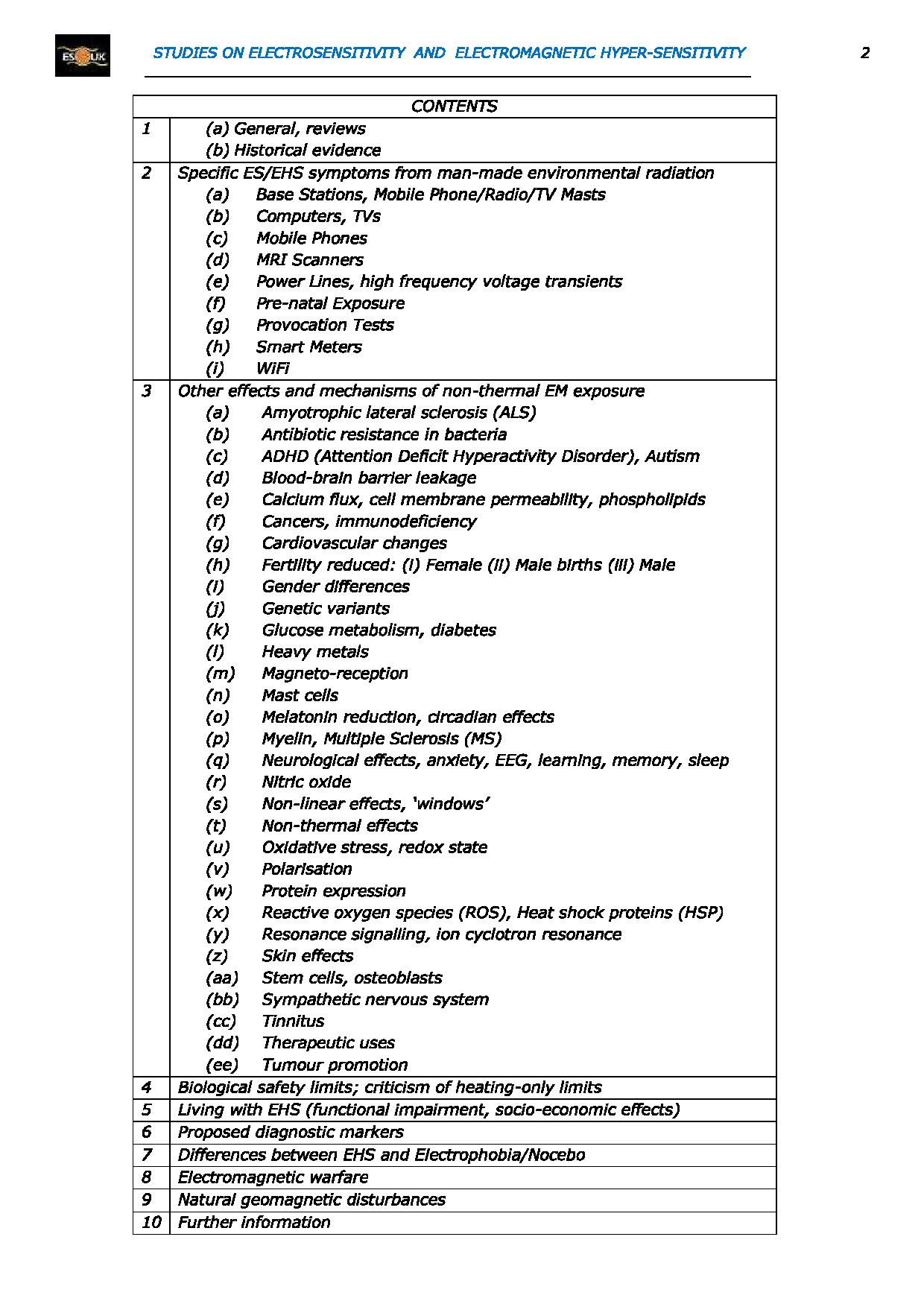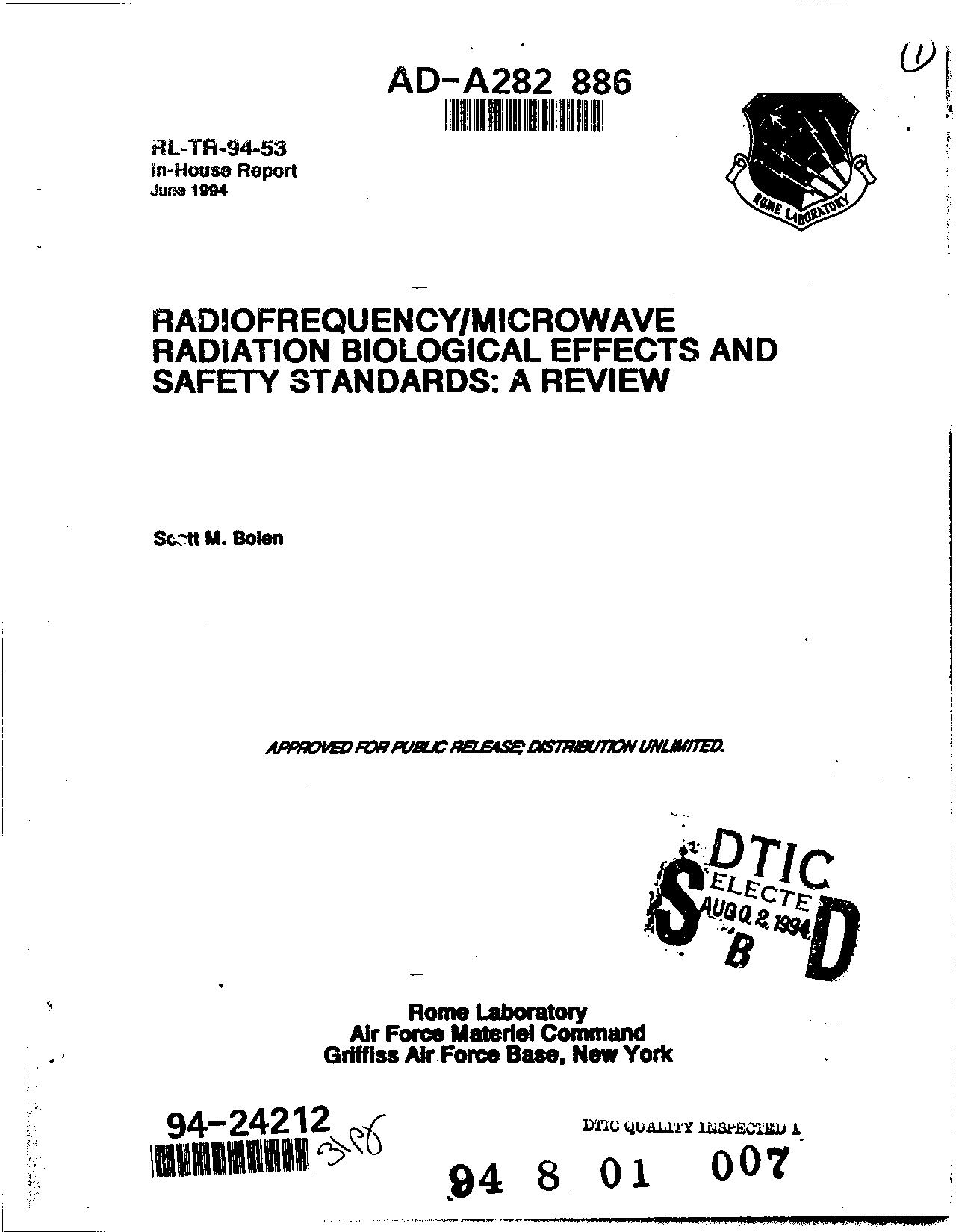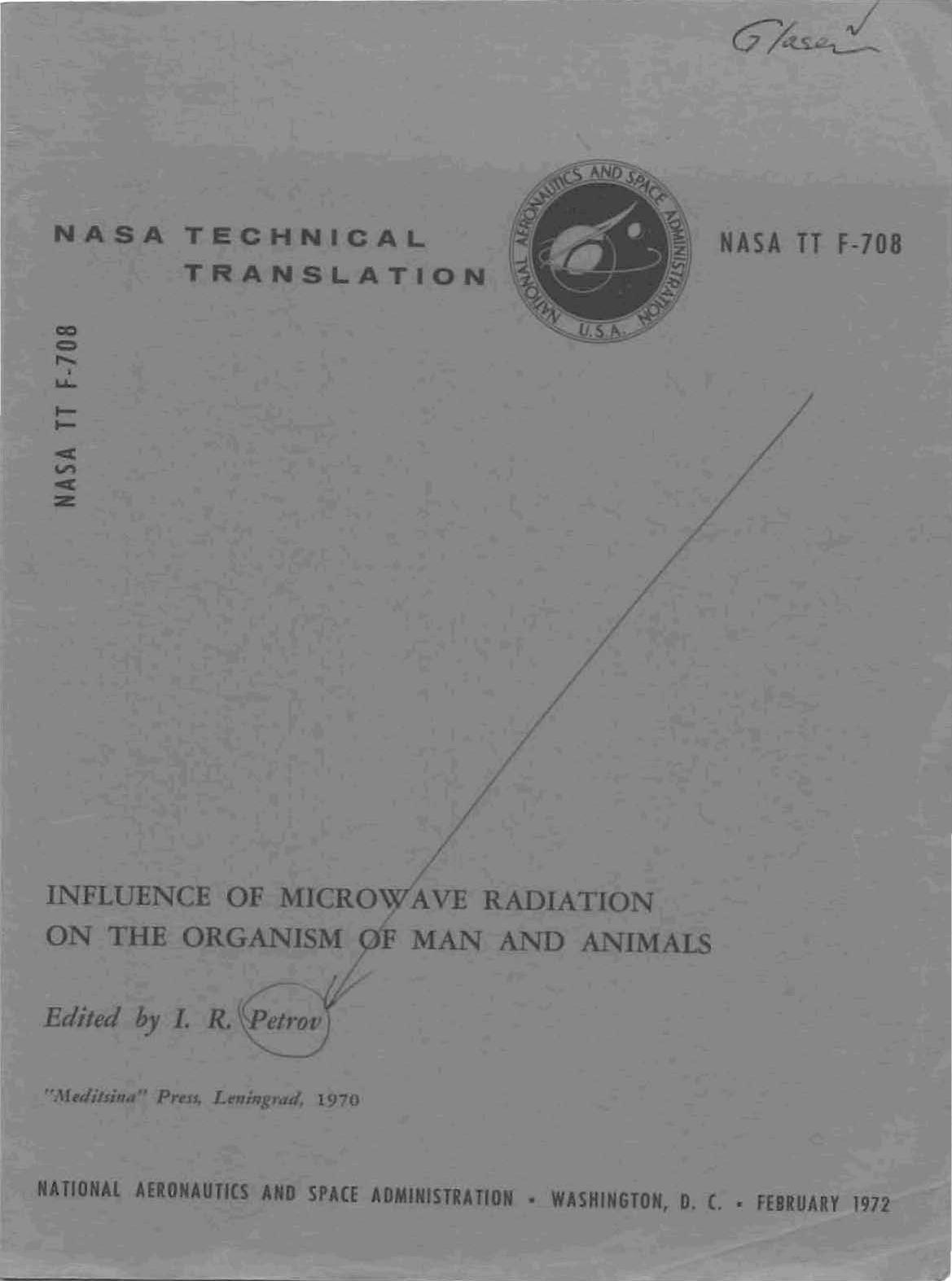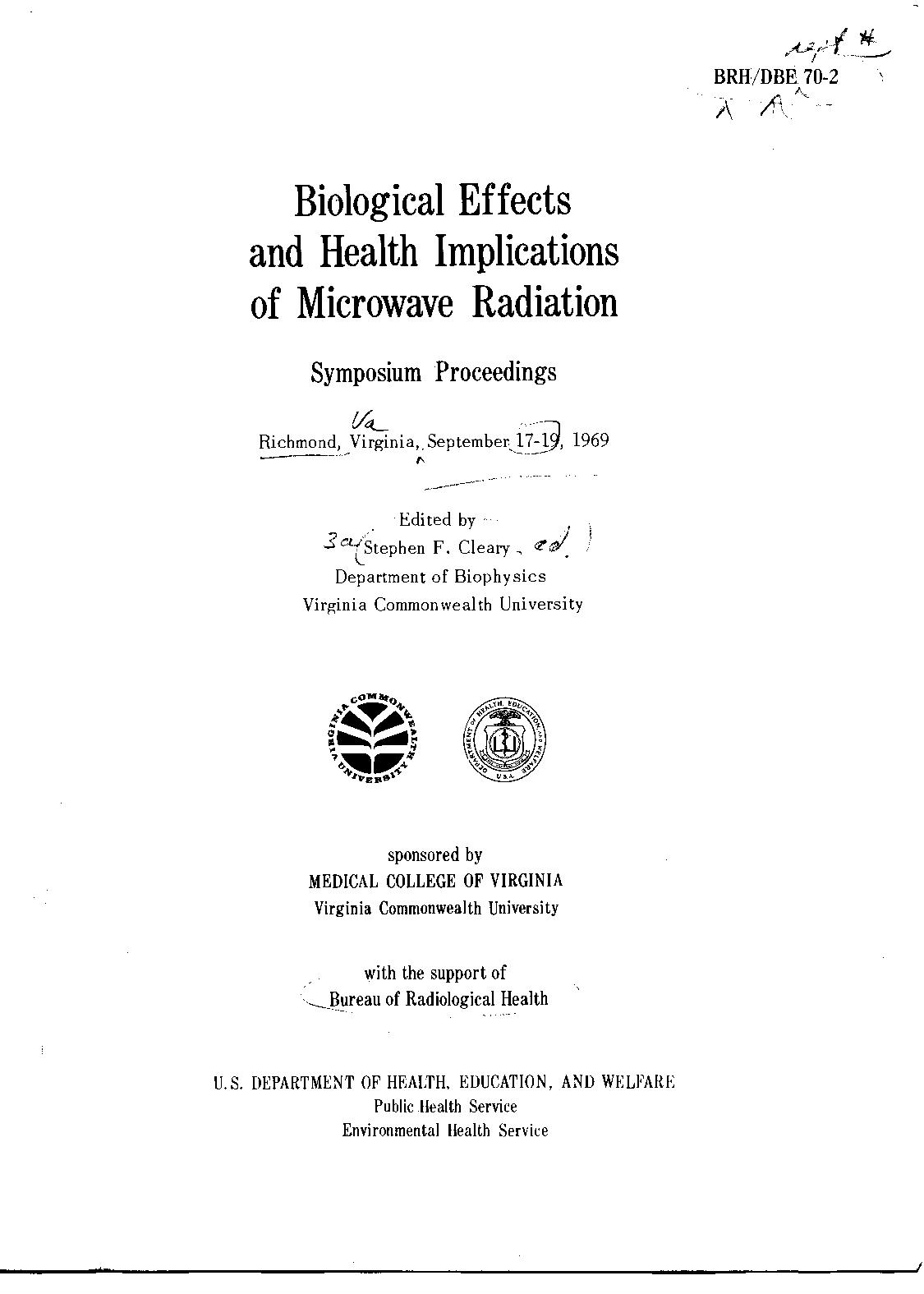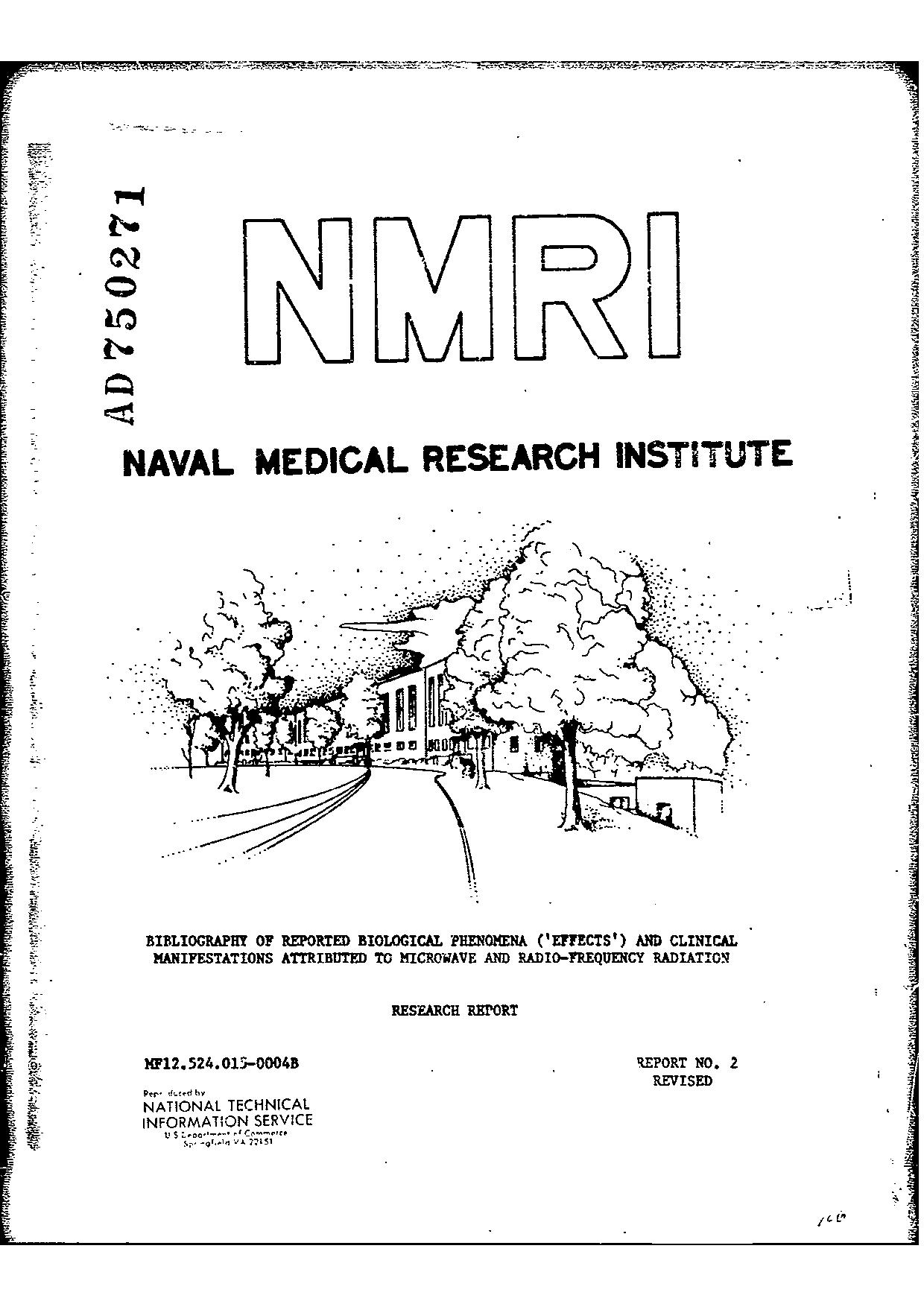Radiofrequency radiation injures trees around mobile phone base stations.
[Difficile pensare che gli alberi temano dei possibili effetti nocivi dovuti alle Microonde e per questo si ammalino.
Conseguentemente, le evidenze riscontrate nello studio che segue, nello specifico evidenti danni in alberi siti in prossimità di Stazioni Radio Base, sono da ritenersi un fatto oggettivo.
Non si tratta quindi di Effetto Nocebo, bensì di reale nocività dei Campi Elettromagnetici in Alta Frequenza.
Se succede questo agli alberi, si possono escludere effetti negativi sui residenti in prossimità delle Stazioni Radio Base, pur nell’ambito dei limiti di legge? Decisamente no, ma qualcuno ancora lo nega…
La traduzione in Italiano dell’Abstract segue la versione in lingua originale.]
Sci Total Environ. 2016 Aug 20;572:554-569. doi: 10.1016/j.scitotenv.2016.08.045. [Epub ahead of print]
By:
Waldmann-Selsam C1, Balmori-de la Puente A2, Breunig H3, Balmori A4.
1Karl-May-Str. 48, 96049 Bamberg, Germany.
2C/Navarra, 1 5°B, 47007 Valladolid, Spain.
3Baumhofstr. 39, 37520 Osterode, Germany.
4Consejería de Medio Ambiente, Junta de Castilla y León, C/Rigoberto Cortejoso, 14 47071 Valladolid, Spain.
ARTICLE INFO
Article history
Published: August 2016
Keywords
Effects on trees; Electromagnetic radiation; Phone masts; Radiofrequencies
ABSTRACT
In the last two decades, the deployment of phone masts around the world has taken place and, for many years, there has been a discussion in the scientific community about the possible environmental impact from mobile phone base stations. Trees have several advantages over animals as experimental subjects and the aim of this study was to verify whether there is a connection between unusual (generally unilateral) tree damage and radiofrequency exposure. To achieve this, a detailed long-term (2006-2015) field monitoring study was performed in the cities of Bamberg and Hallstadt (Germany). During monitoring, observations and photographic recordings of unusual or unexplainable tree damage were taken, alongside the measurement of electromagnetic radiation. In 2015 measurements of RF-EMF (Radiofrequency Electromagnetic Fields) were carried out. A polygon spanning both cities was chosen as the study site, where 144 measurements of the radiofrequency of electromagnetic fields were taken at a height of 1.5m in streets and parks at different locations. By interpolation of the 144 measurement points, we were able to compile an electromagnetic map of the power flux density in Bamberg and Hallstadt. We selected 60 damaged trees, in addition to 30 randomly selected trees and 30 trees in low radiation areas (n=120) in this polygon. The measurements of all trees revealed significant differences between the damaged side facing a phone mast and the opposite side, as well as differences between the exposed side of damaged trees and all other groups of trees in both sides. Thus, we found that side differences in measured values of power flux density corresponded to side differences in damage. The 30 selected trees in low radiation areas (no visual contact to any phone mast and power flux density under 50μW/m2) showed no damage. Statistical analysis demonstrated that electromagnetic radiation from mobile phone masts is harmful for trees. These results are consistent with the fact that damage afflicted on trees by mobile phone towers usually start on one side, extending to the whole tree over time.
Source/Fonte:
http://www.ncbi.nlm.nih.gov/pubmed/27552133?dopt=Abstract
![]()
[IT]
Negli ultimi due decenni è avvenuta l’installazione di antenne della telefonia mobile in tutto il mondo e, per molti anni, c’e’ stato un dibattito nella comunità scientifica sul possibile impatto ambientale delle stazioni radio base della telefonia mobile. Gli alberi hanno diversi vantaggi rispetto agli animali come soggetti sperimentali e lo scopo di questo studio era di verificare se ci fosse una connessione tra danni insoliti (in genere unilaterali) agli alberi ed esposizione alle radiofrequenze. Per raggiungere questo obiettivo, è stato realizzato un dettagliato studio a lungo termine (2006-2015) di monitoraggio sul campo nelle città di Bamberg e Hallstadt (Germania). Durante il monitoraggio, sono state effettuate osservazioni e registrazioni fotografiche di danni agli alberi insoliti o inspiegabili, insieme a misure delle radiazioni elettromagnetiche in radiofrequenza. Nel 2015 le misurazioni dei campi elettromagnetici in radiofrequenza sono state portate a termine. Come sito dello studio è stato scelto un poligono che si estendeva attraverso entrambe le città, dove sono state effettuate 144 misure all’altezza di 1.5 metri in strade e parchi in differenti punti. Tramite l’interpolazione dei 144 punti di misura, siamo stati in grado di compilare una mappa elettromagnetica della densità del flusso di potenza in Bamberg e Hallstadt. Abbiamo selezionato 60 alberi danneggiati, in aggiunta a 30 alberi selezionati in modo casuale e a 30 alberi in aree a bassa radiazione (n=120) nell’ambito di questo poligono. Le misure presso tutti gli alberi hanno rivelato differenze significative tra il lato danneggiato che fronteggiava l’impianto di telefonia mobile e il lato opposto, come pure delle differenze tra il lato esposto degli alberi danneggiati e ambo i lati di tutti gli altri gruppi di alberi. Così, abbiamo trovato che le differenze laterali nei valori misurati di densità di flusso di potenza corrispondevano alle differenze laterali del danno. I 30 alberi selezionati nelle aree a bassa radiazione (nessun contatto visuale con impianti di telefonia mobile e densità di flusso di potenza sotto 50μW/m2) non presentavano danni. L’analisi statistica ha dimostrato che la radiazione elettromagnetica degli impianti di telefonia mobile è dannosa per gli alberi. Questi risultati sono coerenti con il fatto che il danno inflitto agli alberi dagli impianti di telefonia mobile solitamente inizia da un lato, per estendersi all’intero albero nel tempo.

